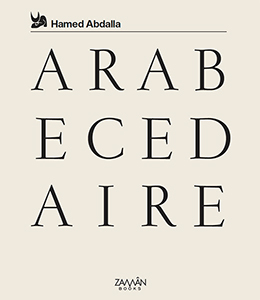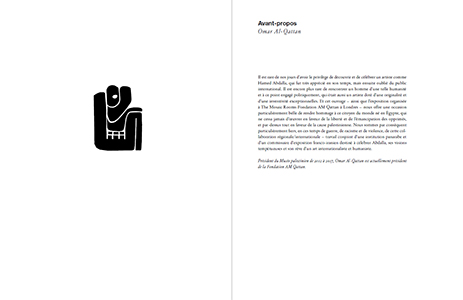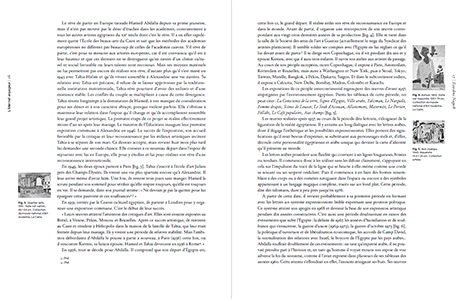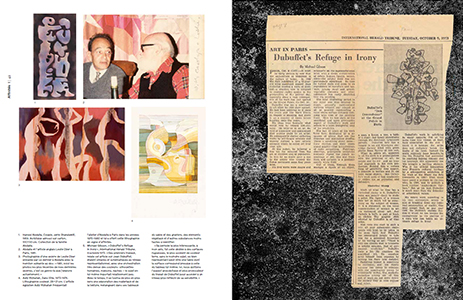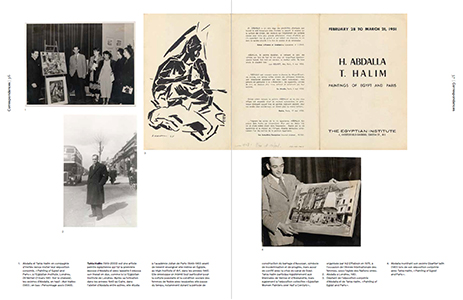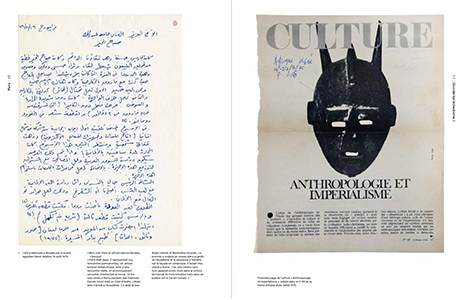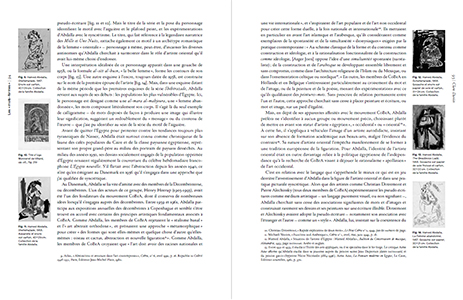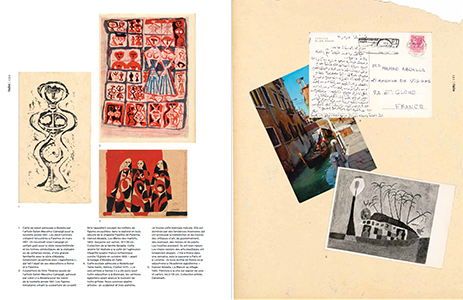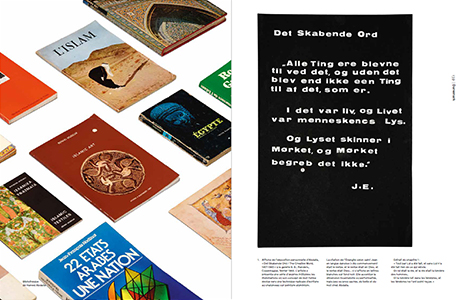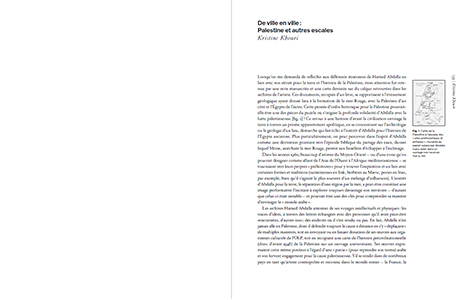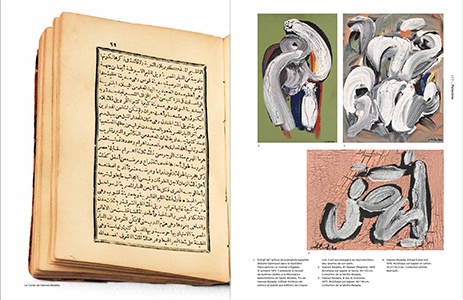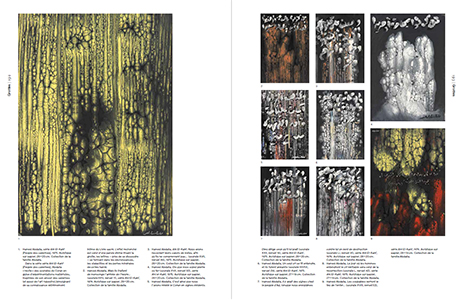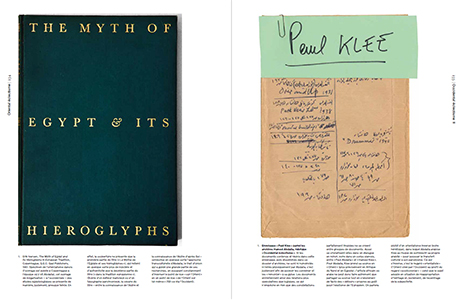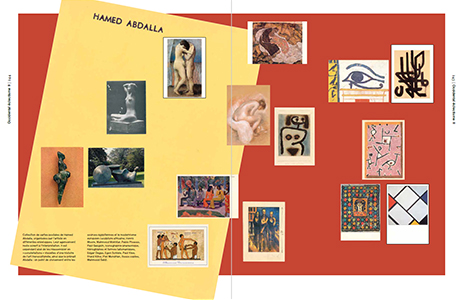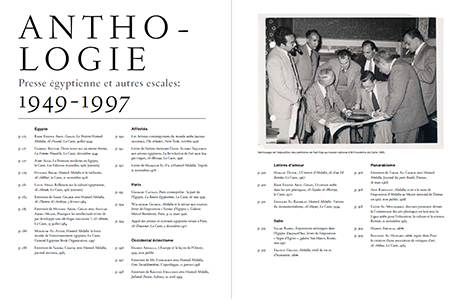This publication examines the place of Egyptian Modernist painter Hamed Abdalla in transnational modern art history. Mobilizing the personal archives and library of the artist, Arabécédaire reflects on Abdalla's journeys and influences, bringing to light a vast and rich body of material which guided his painting practice.
Hamed Abdalla (1917-1985) is an influential
painter in
Egyptian modernism. Self-taught, he had established himself as an artist by his early 20's. Frustrated by the political climate of his native country, Abdalla left Egypt to continue his career in Copenhagen during the 1960s. Here he crossed paths with artists associated with the
CoBrA movement before he moved to France. Linking the origins of his
abstract paintings to Islamic traditions and calligraphy, Abdalla explored the concept of the “creative word” or “talisman,” the combination of a written word, a body shape and an abstract form, upon the canvas. In his work he reflected on the
political change of the time, alongside his research into the visual ideas. Curator Morad Montazami notes “Abdalla represents a prolific 'archive' for different genealogies of trans-arab and Mediterranean modernities.”


